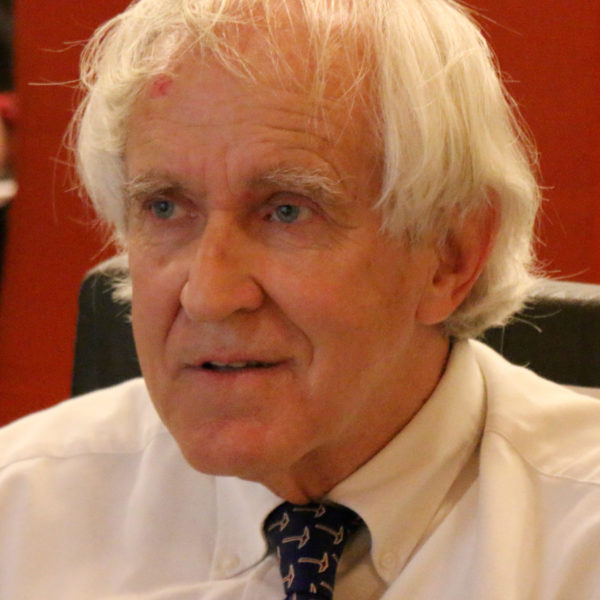Discrimination Lawsuit Filed against NASA’s Jet Propulsion Lab for Harassing and Demoting Supporter of Intelligent Design
Supervisors at NASA’s prestigious Jet Propulsion Laboratory (JPL) illegally harassed and demoted a high-level computer system administrator for expressing support of intelligent design to co-workers, according to a discrimination lawsuit filed in California Superior Court. The lawsuit was filed by attorneys on behalf of David Coppedge, an information technology specialist and system administrator on JPL’s Cassini mission to Saturn, the most ambitious interplanetary exploration ever launched. The Jet Propulsion Laboratory is a NASA laboratory managed by the California Institute of Technology (Caltech) where robotic planetary spacecraft, such as the Mars Rovers, are built and operated. Coppedge was a “Team Lead” Systems Administrator on the Cassini mission until JPL demoted him for allegedly “pushing religion” by loaning interested co-workers DVDs supportive Read More ›





































